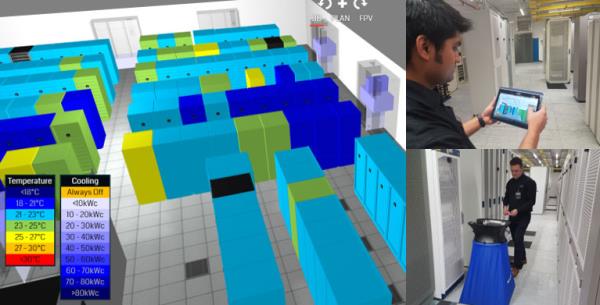21 August 2017

By tracking rack-level temperatures using its thermal monitoring technology, EkkoSense claims it can restore non-compliant data centres to a compliant state.
Almost eight out of ten UK data centres are currently non-compliant with recent ASHRAE thermal guidelines for data processing environments, according to EkkoSense.
ASHRAE (American Society of Heating, Refrigerating and Air-Conditioning Engineers) suggests that simply positioning temperature sensors on data centre columns and walls is no longer enough, and that operators should as a minimum be collecting temperature data from at least one point every three to nine metres of rack aisle.
In what it claims was the industry’s largest and most accurate survey into data centre cooling, EkkoSense analysed 128 data centre halls and more than 16,500 equipment racks. The Nottingham-based thermal risk specialist found that 11 per cent of IT racks in the halls were actually outside of ASHRAE’s recommended inlet temperature range of 18-27ºC. It also discovered that 78 per cent of data centres had at least one server rack that lay outside that range – effectively taking their data centre outside of thermal compliance.
James Kirkwood, head of critical Services at EkkoSense, says the problem for the majority of data centre operators that only monitor general room/aisle temperatures is that average measurements don’t identify hot and cold spots. He says: “Without a more precise thermal monitoring strategy and the technologies to support it, organisations will always remain at risk – and ASHRAE non-compliant – from individual racks that lie outside the recommended range.”
Given that UK data centre operators continue to invest significantly in expensive cooling equipment, EkkoSense suggests that the cause of ASHRAE non-compliance is not one of limited cooling capacity but rather the poor management of airflow and cooling strategies.
Kirkwood adds that the introduction of IoT-enabled temperature sensors is likely to prove instrumental in helping organisations to cost-effectively resolve their non-compliance issues.










